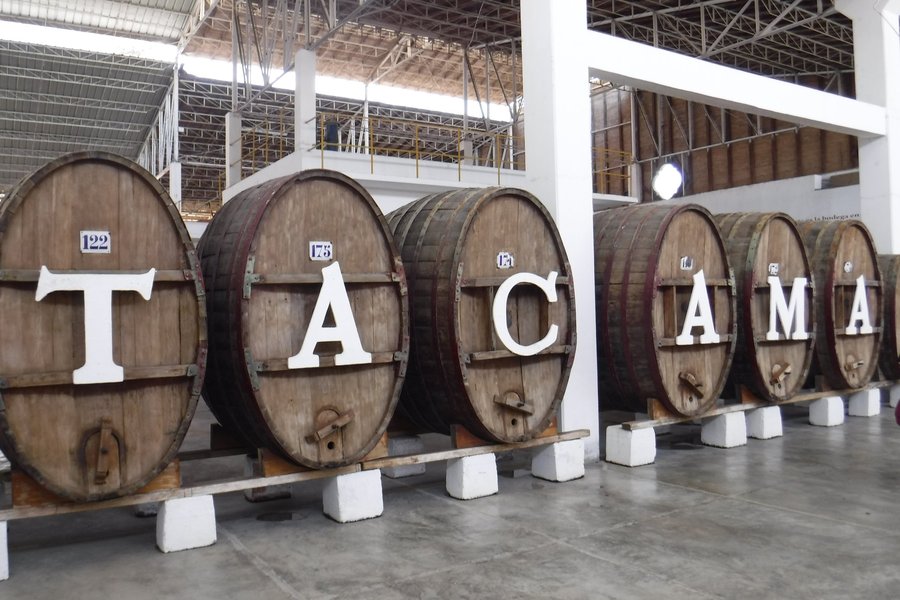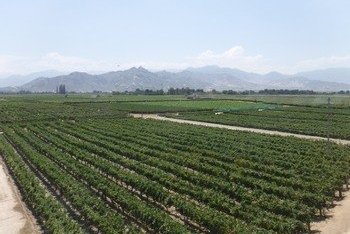Peru
Pisco Wineries and Vineyards
Wineries and Vineyards for traditional Pisco Production is a series of 14 sites for growing vines and producing wine and Pisco, a liqueur obtained by fermenting the grapes.
Vine growing was introduced to Peru by the Spanish for the needs of the Church, but is now famous for the production of this regional alcohol. This ensemble is a testimony of this agricultural, industrial and social practice that has been going on for more than 400 years and has strongly influenced Peruvian identity.
Site Info
Official Information
- Full Name
- Wineries and Vineyards for traditional Pisco Production (ID: 6414)
- Country
- Peru
- Status
-
On tentative list 2019
Site history
History of Pisco Wineries and Vineyards
- 2019: Added to Tentative List
- Added to tentative list
- Type
- Cultural
- Criteria
Links
- UNESCO
- whc.unesco.org
All Links
UNESCO.org
- whc.unesco.org — whc.unesco.org
Community Information
- Community Category
- Human activity: Agriculture
Travel Information
Recent Connections
News
No news.
Community Reviews
Show full reviewsFrédéric M
Wineries and Vineyards for traditional Pisco Production
Pisco Wineries and Vineyards (On tentative list)

Let's make a couple of things clear first. I don't really like wine and never tried pisco before this visit. I considered pisco being of national importance without OUV. It was my first visit in a WH or TWH vineyard. Considering this lack of interest and the fact many community members often complain about "yet another vineyard", my expectations for this site were low. I thus decide to visit mainly to tick it off if it ever gets inscribed.
The nomination file lists 14 vineyards and pisco production sites located in all 5 departments where pisco can be produced. Ica Department contains the most sites and seemed to be an easy place for a visit. Vista Alegre, one of the main commercial caves, is the closest to the town of Ica and probably the easiest to visit. However, with the advices of our hostel, we chose Tacama. This is the oldest winery in all South America and appeared more authentic and interesting to me.
We reached to the winery with a taxi. It lays about 10 km north of town. Even though Lonely Planet told me the visit was free, it's not the case. Upon arrival, you need to choose between three options. They offer an historical tour as well as a more wine production oriented tour, both of them offering tasting. We chose the third option, that is a mix of both. The tasting in this option can be upgraded to a workshop with a wine steward, but we …
Keep reading 0 comments